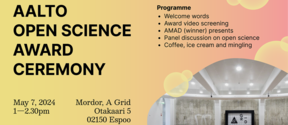Five steps to make your space mission sustainable
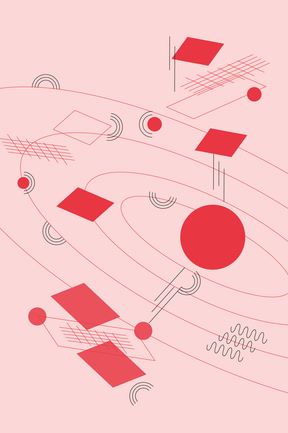
1. Think about the goal. Do you actually need a space mission to get what you need? Could you solve the scientific problem without going to space?
2. Use as small and light a spacecraft as possible. Additional mass in orbit carries more risk for other satellites. A smaller mass is also cheaper to launch.
3. Go as low as you can go. In low orbits, the atmospheric drag helps to remove spacecraft from space. Remember that small spacecraft can only be launched to orbits where they come down to our atmosphere in less than 25 years.
4. Build your spacecraft carefully and take time to test the software. Many small spacecraft in space don’t function properly because of poor workmanship―and just contribute to space debris.
5. Design with the end-of-life in mind. The satellite needs a brake that lowers the speed of the satellite and isolates batteries at the end of the mission. Remove your equipment from space as soon as your mission allows.
From clean energy to personalized medicine – a book about the power of the university
The Aalto Effect is a tribute to the ambitious and uncompromising work of dozens of researchers.
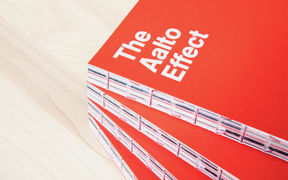
- Published:
- Updated:
Read more news
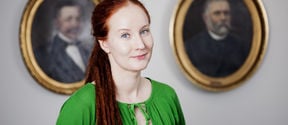
Camilla Hollanti elected as a member of Finnish Academy of Science and Letters
Camilla Hollanti leads a prominent research group on applications of algebra and number theory. The central topic of her research is to apply the methods of algebra and number theory to problems encountered in communication systems. Applications include wireless security and secure distributed computation.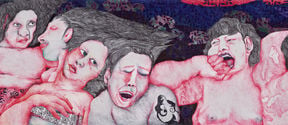
Aalto ARTS alum Vidha Samya’s artwork featured at the Venice Biennale 2024
The Pavilion of Finland presents ‘The pleasures we choose’ at the 60th International Art Exhibition – La Biennale di Venezia until 24 November 2024.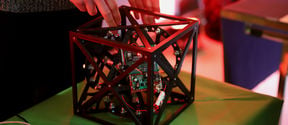
IoT Forge donates EUR 1 million to the School of Engineering
The donation will be used for research and education on the Industrial Internet and digital twins.